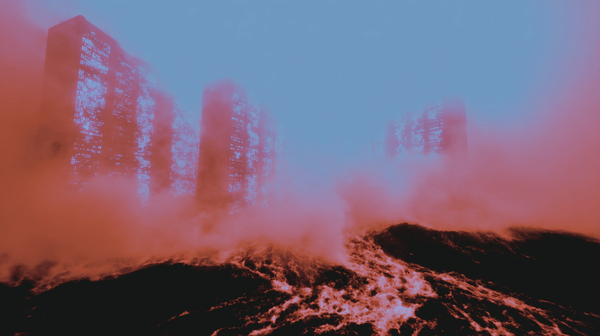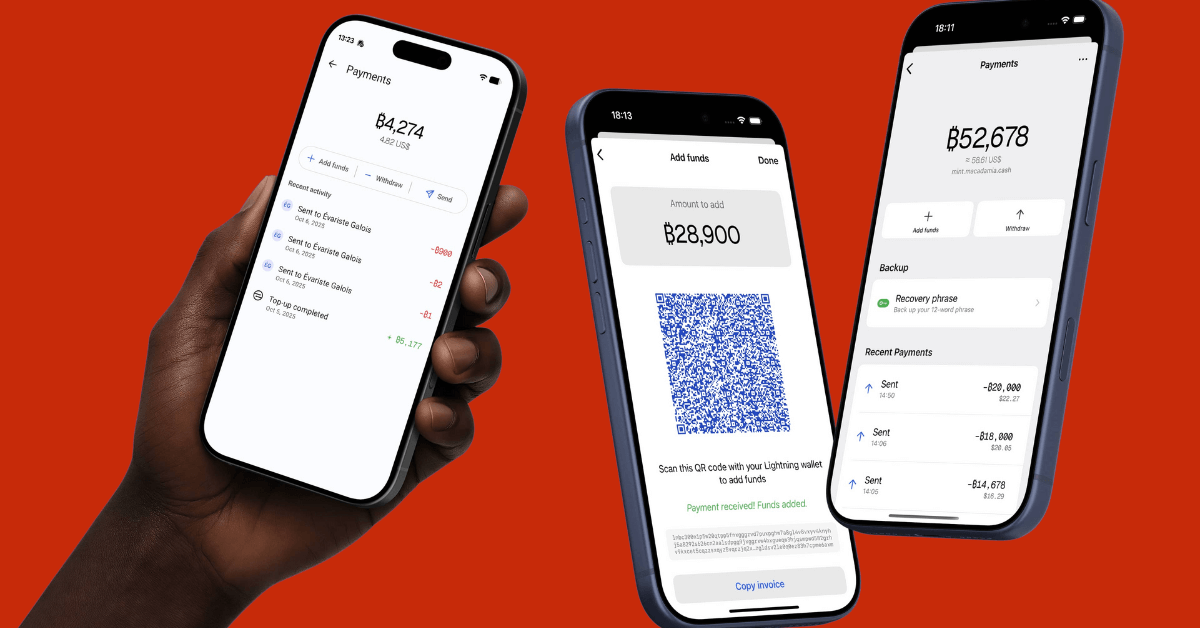These Open Source Tools Can Help You Fight Climate Change and Air Pollution
The corporate-political machine thrives on information asymmetry. They know what they're pumping into the air; you don't. They have access to internal emissions data; you don't. They can afford teams of lawyers and PR specialists to obfuscate responsibility; you can't.

A tech-forward remix of Renjani Sari's article for IJNet/GIJN, "Essential Open Source Tools for Journalists Investigating Air Pollution" (May 7, 2025)
Every year, 7 million people die prematurely because they had the audacity to breathe. That's the WHO's estimate for annual deaths from air pollution, a number so large it practically defies comprehension. We're talking about a death toll that would wipe out the entire population of Denmark, Finland, and Norway – annually.
But here's the thing – unlike a pandemic or war, this silent killer generates remarkably little sustained outrage. No lockdowns, no emergency interventions, no international summits with actual teeth. Just the slow, methodical poisoning of lungs across the planet while governments issue meaningless statements about "investigating" and "monitoring" the situation.
Why? Because air pollution has the perfect cover: invisibility mixed with plausible deniability. Corporations hide emissions, governments manipulate data, and the average person can't see the microscopic particles slowly eroding their respiratory system.
It's a perfect information asymmetry – until now.
A new breed of environmental journalists is weaponizing open source intelligence (OSINT) tools against polluters. The digital landscape now offers an arsenal that would make any investigative journalist from the pre-internet era weep with jealousy.
Want to know if that factory near your kid's school is spewing carcinogens? There's an app for that. Curious about which shipping company is burning the dirtiest bunker fuel off your coastline? Satellite imagery has receipts.
IQAir is the gateway drug for pollution monitoring. It delivers real-time air quality data globally, showing you exactly how much poison you're inhaling at any given moment. The interface is simple enough that even your technophobic uncle could use it. When a sudden pollution spike hits, this is often the first place journalists look.
World Air Quality Index (WAQI) takes things up a notch with data from over 100 countries. It's the perfect tool for catching a government in the act of downplaying hazardous air conditions. Even better, it offers an API for the code-savvy journalist looking to build custom monitoring dashboards, which to be fair has never been easier if you use Cursor or similar tools.
Tracking pollution levels is one thing; pinpointing exactly who's responsible is another game entirely. Fortunately, the digital panopticon extends to environmental crimes.
Google Earth Engine isn't just for settling bar bets about how your hometown has changed. It's a geospatial powerhouse that reveals land-use changes, urban sprawl, and industrial development. The before-and-after satellite imagery can be devastatingly effective evidence of environmental misconduct. The catch? You'll need some coding chops to extract its full potential.
Planet delivers high-resolution satellite imagery that can catch polluters red-handed. Oil spills, factory emissions, illegal burning – it's all visible from space. The platform is perfect for visual storytelling, though the good stuff requires a paid subscription.
Global Forest Watch focuses on our vanishing forests – tracking illegal logging and fires that contribute to those apocalyptic air quality alerts. It's free and relatively user-friendly, making it the perfect entry point for journalists new to environmental investigation.
VesselFinder and Flightradar24 track ships and planes in real-time. These platforms let you monitor the movement of vessels carrying hazardous materials or follow emission-heavy aircraft. When that cargo ship suddenly turns off its transponder near an environmental protection zone, you'll know.
Open Corporates is perhaps the most powerful weapon in the investigative arsenal – a massive database of company ownership structures. This is where you connect the dots between that anonymous shell company operating the illegal waste incinerator and the Fortune 500 corporation that's actually pulling the strings.
Pollution isn't just a snapshot; it's a movie with a beginning, middle, and (hopefully) an end. AirCasting democratizes air monitoring through citizen science. Users with mobile sensors can measure and share data in real-time, creating a crowd-sourced map of pollution. It's perfect for communities that have been systematically ignored by official monitoring networks.
The corporate-political machine thrives on information asymmetry. They know what they're pumping into the air; you don't. They have access to internal emissions data; you don't. They can afford teams of lawyers and PR specialists to obfuscate responsibility; you can't.
Open source tools obliterate this imbalance, transforming everyday civilians into digital environmental detectives. When a journalist can track pollution spikes, identify the source, connect it to a corporate entity, and document the pattern over time – the plausible deniability shield doesn't just crack, it fucking shatters.
The air you're breathing right now contains the accumulated decisions of thousands of profit-maximizing entities who have historically operated with near-perfect impunity. That era is ending, not because corporations suddenly grew a conscience, but because the digital panopticon has turned its unblinking eye on them.
For the tech-savvy journalist, environmental activist, or concerned citizen – your digital arsenal awaits. The question isn't whether we have the tools, it is whether you'll use them before another 7 million people check out early.
Time to hunt.
This article is a tech-forward remix of Renjani Sari's comprehensive guide originally published by IJNet and the Global Investigative Journalism Network on May 7, 2025. Read the entire article here.








